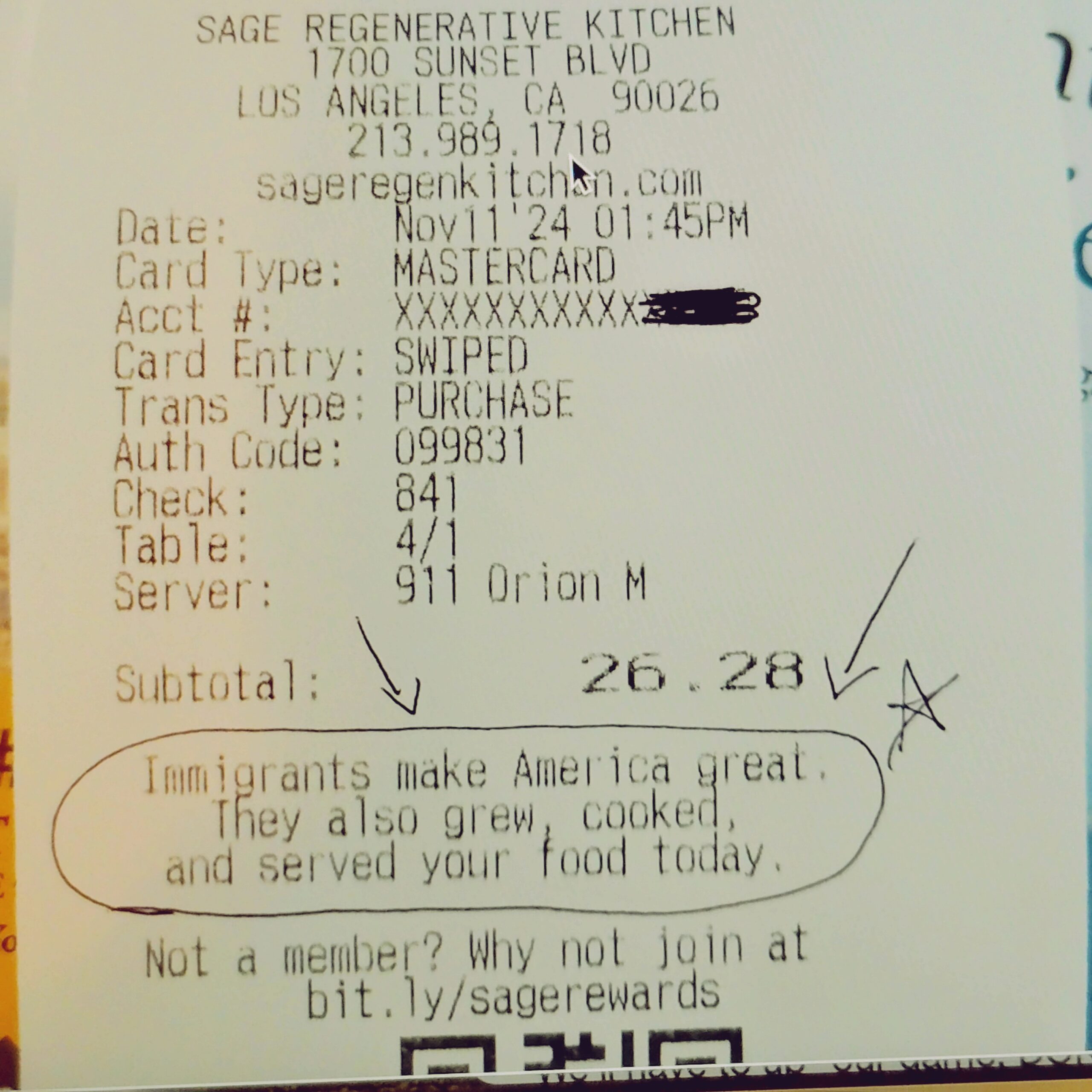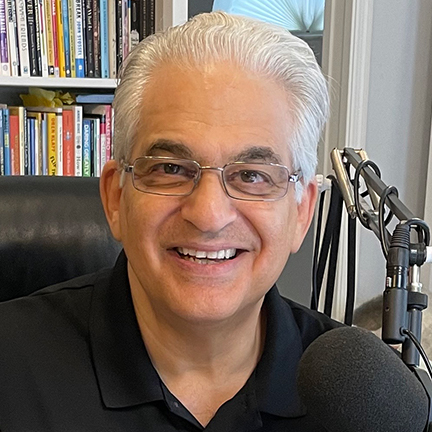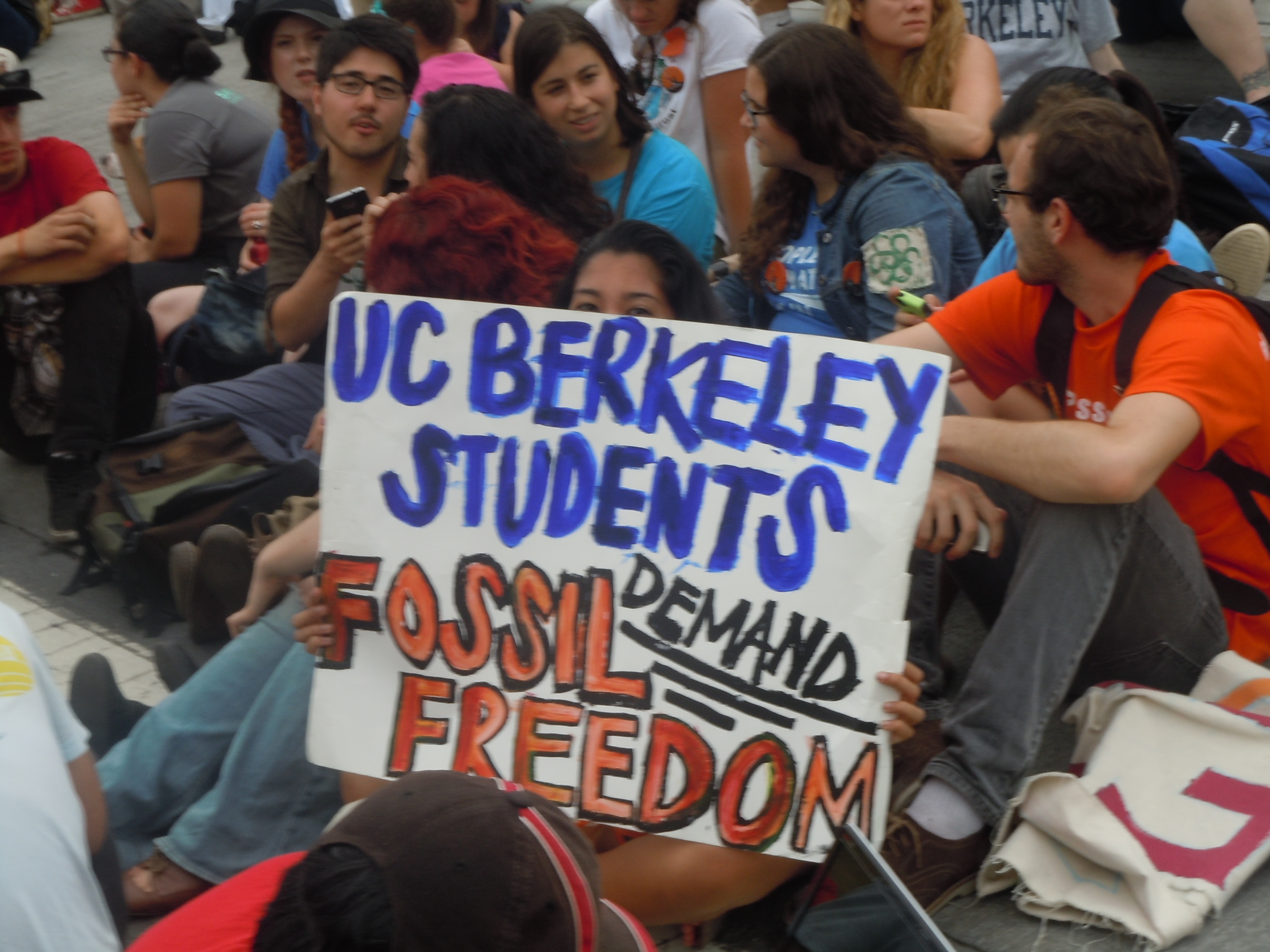Indivisible’s Advocacy Director Reports from the Front
Andrew O’Neill, Indivisible’s National Advocacy Director, briefed 152 attenders at the Northampton, Massachusetts chapter tonight. Although I already knew most of it, I took copious notes to help share this information. Here are those notes, lightly edited:
Summary: We’re in a race to build our power and stop the regime from building its repressive apparatus. 1% joined protests on April 5. Erica Chenoweth’s research shows that 3.5% actively protesting generally ensures political change. The other side is trying to slash Medicaid to create tax handouts for billionaires, govern via cronyism, and illegally eliminate rights and target dissenters.
Budget: Budget reconciliation could enable them to pass the horrible anti-human budget with only Republican votes. The giveaway to billionaires would shift not just more money but more power to the super-rich. They know this plan is unpopular so they’re not trying to convince Democrats to go along with it, but to ram it through using budget reconciliation. And unfortunately, Senate Minority Leader Chuck Schumer didn’t try to block the reconciliation process when he could. He gave away that power without getting anything in return.
Late April and early May will be crunch time. That’s when they actually have to write down the budget items. So we’ve got to keep making Republicans accountable: showing up to district offices, town halls, public events…and blue districts can support that work. And Democrats need to fight back, loudly. Press releases aren’t enough. Speeches to empty chambers aren’t enough. Cory Booker went to extreme measures to make sure his message got through. Direct attention toward what the Republicans are doing (and the negative effects on their constituents).
Tariffs: These are unprecedently enormous. It’s hard to know where things stand on any given day. They say contradictory things. And it’s total chaos. This isn’t an economic policy plan. It’s not about fair trade but about grabbing power, DT wanting unchecked power. To punish enemies and reward loyalists. The throughline is that he wants loyalty to HIM. The same people getting the tax cuts are getting the tariff exemptions. He declared an emergency to push through the tariffs. And Congress has a tool to block that. They can turn OFF the emergency T declared and that ends the tariffs. This is a privileged resolution that can’t be filibustered and puts every senator on the record. Senator Ron Wyden has already introduced this resolution. In the House, they’re rigging the rules to make it harder to get a vote. But we can use a discharge petition if we can get 218 members (that would have to include a few Republicans). Greg Meeks has introduced it in the House. But even if we pass it in both houses, T will veto. We probably wouldn’t get the 2/3 majority to overturn the veto, but it will put them all on record.
Weaponizing the government against dissent: They will abuse their power to punish those who disagree and create fear of exercising our rights. We’re working closely with the ACLU and others. And we have a new toolkit on this specific issue. For those who live in states where the Attorney General is a Democrat, take action at https://www.bluestatedefiance.org/ice .
Another way they’re violating rights: 200 including Kilmar Abrego Garcia were sent to CECOT in El Salvador. Bukele even calls himself a dictator. It looks like pictures of the Holocaust, which we know because Republicans are going down there and taking photographs in front of it. And T said he wants to expand this to US citizens. So we need to sound the alarm and be really loud. Share the story of these people’s humanity. We have to demand that every elected official speak out and challenge this, including Republicans. This is about whether we have the rule of law, due process, and the Constitution. And of course, public protests. To show that not only are we powerful but we’re using that power to defend each other.
In the House, they are counting the whole session as one day, which limits the Democrats’ options to challenge the budget resolution. But the discharge petition gives us another way around Mike Johnson.
Opposing the regime: We are happy with anyone who is organizing against the regime. If we are not the organizers, we’re still happy that others are doing it. That might include economic actions such as buy-ins and boycotts and strikes. Indivisible focuses on government.
A lot of Democrats think the limelight is risky, they don’t want to attract haters. But then their message doesn’t get through at all. But throwing sand in the gears is how you get attention. If Republicans go on Fox to complain, that’s MORE attention for us. Think about how to get more people to pay attention, even while there are fewer newspapers, more channel dilution, etc. “Member of Congress writes milquetoast press release” is a guaranteed failure of attention.
When Chris Van Hollen of Maryland went to El Salvator and met with his constituent, that drove a ton of attention. And then Van Holen did every one of the talk shows, to get even more attention. We need to ask, if I were disappeared, would my Senator come and save me?
Budget markup is an opportunity for our Dem representatives to offer amendments, to negotiate and identify how outrageous they will go. But then, how do we make those moments splashy?
Just today, Rep. Don Bacon (R., Nebraska) was asked about Pete Hegseth’s leaks of top secret info on Signal chats. That’s a threat to national security and people like Bacon are upset about that. He would consider getting rid of Hegseth. We have to be creative about identifying and breaking off those chinks in the armor. We are also building tactics for people to support work in frontline red states. Tax breaks for billionaires paid for by Medicaid cuts are extremely unpopular, but now we have to spread the word that this is what they’re doing and hold Republicans accountable. They have to face that pressure NOW.
General Strikes: We have to look at what the conditions are to make this kind of resistance successful. It’s a highly effective tactic but you have to be willing to face retribution from your employer AND the state. We have to look at how many people would need to participate to make that work. We’d have to build the steps in all the sectors, organize the workers ahead of time, and not just the unionized ones. Several unions are timing their contract expirations for the same date, so that could lay the groundwork. All tactics need to be on the table and we have to evaluate what will work and how to sequence it.
How to get to the 3.5% of the population needed to overturn the regime? How do we reach more people? 1) Are there people who would join an Indivisible or 50501 or Working Families Party group who are ready to take action, and how do we find and integrate them? We continue to have new groups singing up with brand new people who haven’t been involved before. 185 new Indivisible groups in April so far!
Courage is contagious. A core audience for the protests are people driving by or getting off the bus with their protest signs. People think they can’t do anything about it, but when they see the community coming out, that changes. There’s also a set of people we disagree with on a lot of stuff but they’re organizable. They think the constitution is important, maybe the economy should work for us. We want to make sure they see that defiance works.
Public display of defiance is a muscle we build together. It gets stronger with use. Join with different collections of groups and individuals to work that muscle together. Remind them that it’s a marathon. It takes time, rotating tasks among different groups to avoid burnout while we build our next thing. For Mayday, we’re partnering with the Chicago teachers Union and many other organizations.




